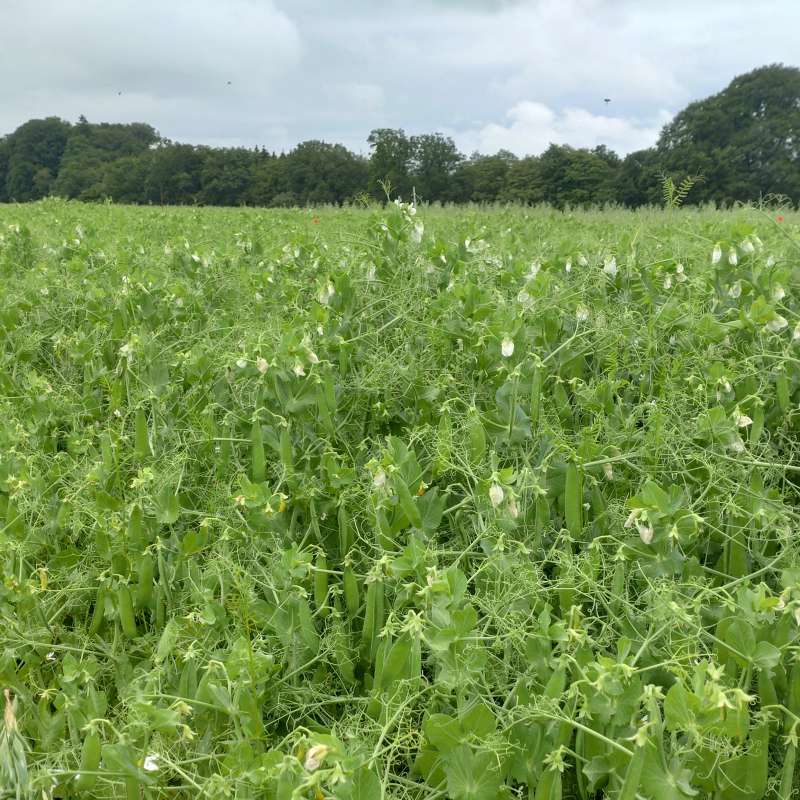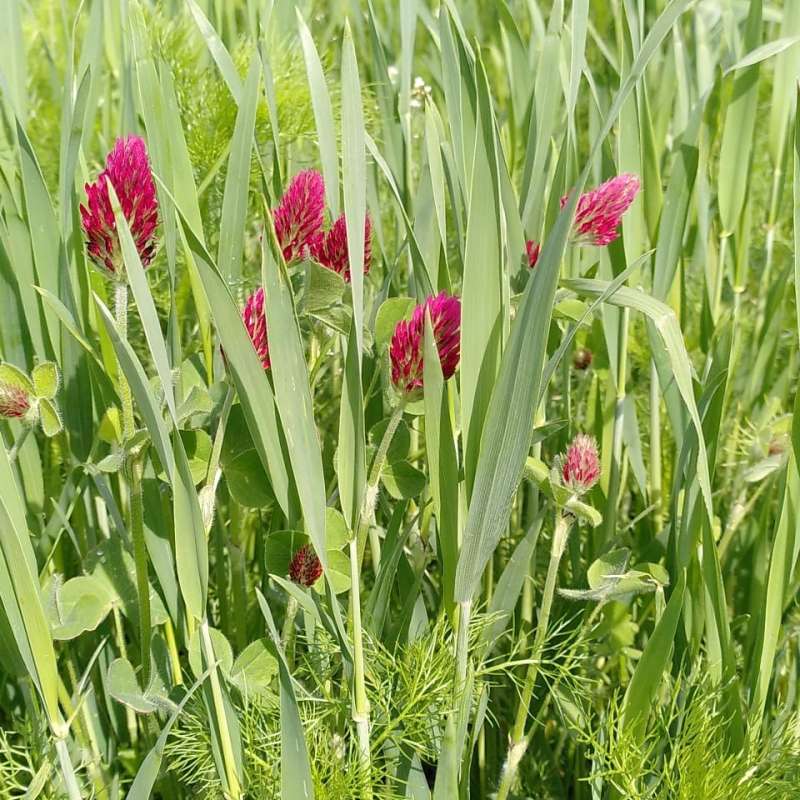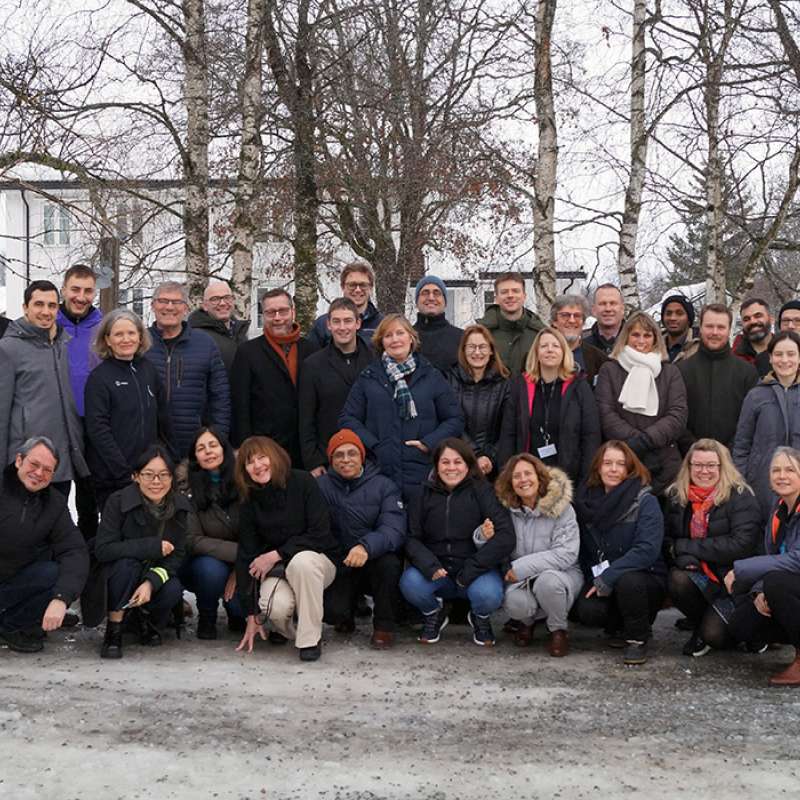Birgitte Henriksen
Head of Department/Head of Research
Authors
Heidi Udnes Aamot Adnan Šišić Lars Olav Brandsæter Silje Kvist Simonsen Birgitte Henriksen Jörg Peter BareselAbstract
Over the past decades, significant efforts have been made to promote the cultivation of legumes. Cultivation of legumes, particularly grain legumes, can reduce the use of mineral nitrogen fertilizers, enhance biodiversity, reduce dependence on imported feed proteins, and improve soil biological properties and humus content. Despite these efforts, grain legumes are still not widely grown. One major obstacle to legume cultivation is "legume fatigue". Legume fatigue limits the expansion of legume cultivation in many European regions. The exact causes of legume fatigue are not fully understood, but soil-borne diseases interacting with abiotic factors are believed to play a key role. Recent findings suggest that the balance between pathogen load and soil suppressiveness is critical. Some farms and regions do not report legume fatigue as a problem, while others experience severe limitations in legume production. Identifying the causes of this variation is urgent and requires a collaborative effort that covers different environments and includes comprehensive assessments of both biotic and abiotic factors. In a recently launched project, LeFaSus, a network of farms and long-term experiments has been established to identify the primary factors contributing to legume fatigue. This network spans a transect from southern to northern Europe, including Italy, Germany, Luxembourg, and Norway. The project aims to deliver a reliable set of indicators for both legume fatigue and disease-suppressive soils, linking these indicators to the management practices that likely influenced them. The background and plans for the project will be presented.
Authors
Heidi Udnes Aamot Simeon Rossmann Erik Lysøe Guro Brodal Birgitte Henriksen Ruth Dill-Macky Carl Gunnar Fossdal Ingerd Skow HofgaardAbstract
We used metabarcoding of ITS 1 and 2 to compare the mycobiome of Norwegian spring wheat seed lots of two commonly grown spring wheat varieties (Mirakel and Zebra) harvested in 2016 and 2017. The seed lots varied in germination and were grouped according to high and low germination (≥90% and <90% germinated seeds, respectively) determined by the ISTA germination method. In addition, the percentage of each seed lot infested by the most important wheat pathogens (Microdochium spp., Fusarium spp., and Parastagonospora nodorum) was determined using a plate-out test on PDA, and species-specific qPCR was used to quantify the amount of DNA of F. avenaceum, F. culmorum, F. graminearum, F. poae, M. majus, M. nivale, and P. nodorum. Our study indicated that the presence of Microdochium was most associated with poor germination (which is as expected), while P. nodorum; although present at relatively high levels, apparently had limited impact on germination. Among the species quantified by qPCR, M. majus was the most abundant, F. avenaceum was detected at low levels, whereas the other fusaria were barely detected. Metabarcoding data indicated a negative association between the presence of the fungal genus Neoascochyta and germination, while Pyrenophora and Alternaria species appeared positively associated with germination. Our results indicated some co-existence patterns between fungal species, including both pathogenic and non-pathogenic species, with some species combinations associated with the germination potential of wheat seed.
Abstract
No abstract has been registered

Division of Biotechnology and Plant Health
LeFaSus - Uncovering Legume Soil Fatigue for Sustainable Expansion of European Grain Legume Cultivation
LeFaSus seeks to identify the most important causes and indicators of legume fatigue in several European countries.

Division of Biotechnology and Plant Health
REKORN: Can regenerative cultivation methods contribute to reduce the risk of fungal diseases in cereals?
Regenerative agriculture is referred to as a bridge between organic and conventional agriculture and has received increased attention in recent years. Regenerative agriculture focuses on soil health and cultivation measures that can stimulate soil life and plant growth. An improvement in soil health is visualized, among other things, in increased carbon storage in the soil, limited soil compaction and increased microbiological diversity. The methods used to improve soil health within cereal cultivation may include crop rotation, reduced tillage, intercropping, use of catch crops and surface composting where plant residues are mixed into the top-soil layer.

Division of Biotechnology and Plant Health
Plant Pest Prevention through technology-guided monitoring and site-specific control (PurPest)
The main objective of PurPest is to control serious plant pests during import and to manage them in the field by developing a unique concept enabling pest detection in a timely and non-invasive manner.
